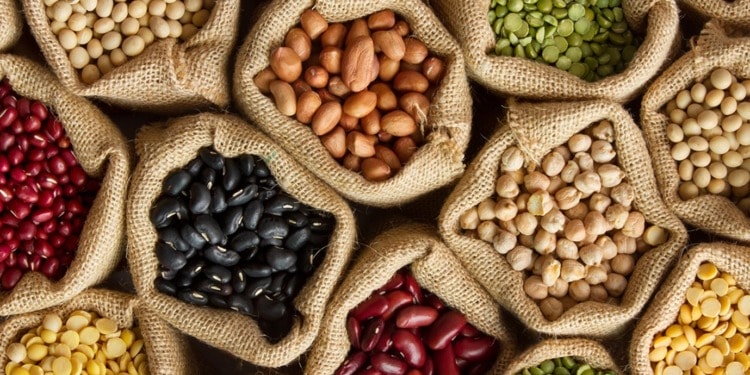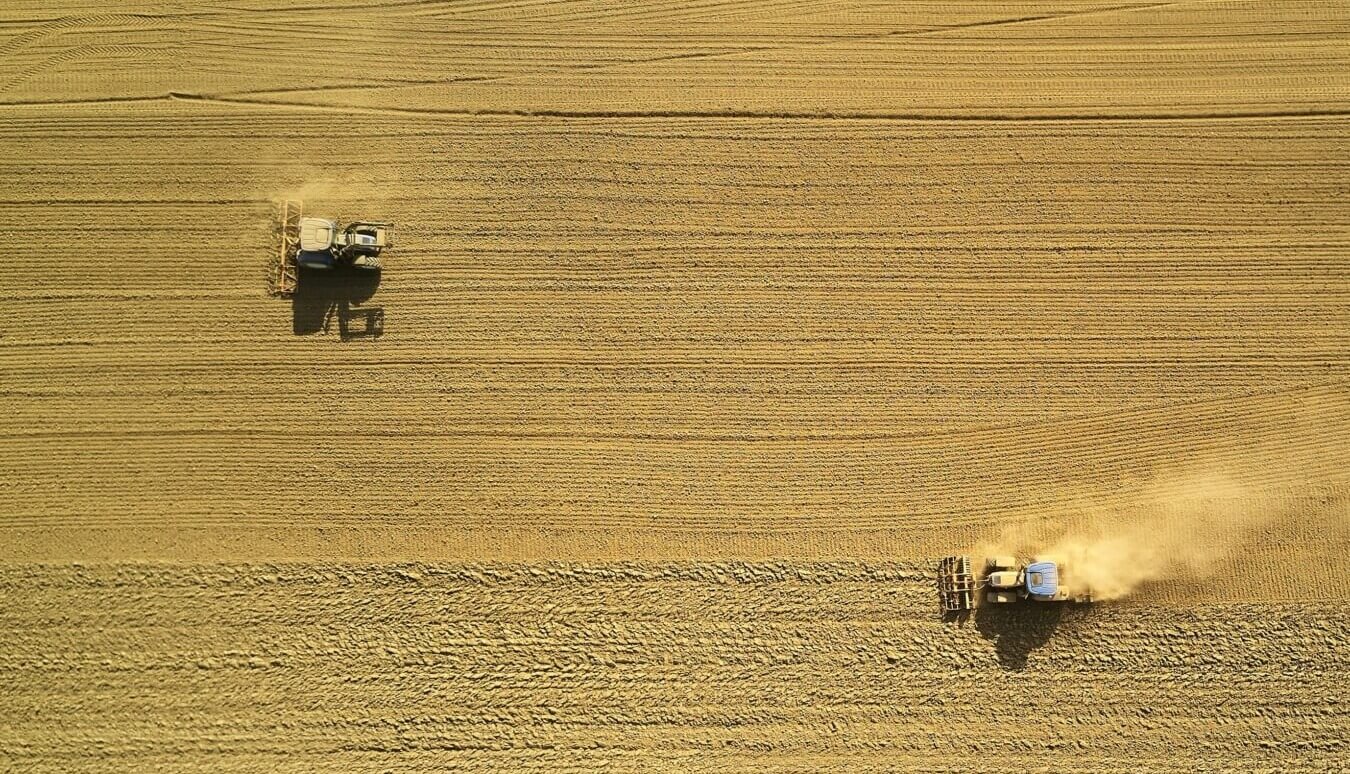Everyone likes nice things. Everyone dislikes unpleasant things. While this is an obvious observation, its simplicity makes it no less powerful. Whether its relationships or railways, humans want benefits without paying the cost. In 1980, when discussing the fact that no local residents wanted a backyard near a Nuclear Waste Facility, a Virginian newspaper christened this phenomenon ‘Nimby Syndrome’. Perhaps a precursor to the lasting explanatory power of the phrase, within a year you could find ‘Nimby Syndrome’ referenced in the Oxford English Dictionary.
Today, combating ‘Not-In-My-Back-Yard’ fever is as important as ever, especially as policymakers try to navigate the perils of NIMBY Syndrome in the context of climate change. “Of course, we should drive greener cars, but how dare you expand ULEZ to my outer London Address”. “Yes, we should eat less meat, but I’ll be damned if I start eating bugs”. The solution to this, of course, is to give people what they do like without the things they don’t.
The problem is how do we give people their climate cake while also allowing them to eat it? This is where the agenda to encourage more sustainable eating habits has failed so far. Most people recognize the importance of it, but few are prepared to make the dietary adjustments necessary. This is why a new movement, proposing everyone can have their beans and eat them, is so exciting.
Beans are one of the most affordable sources of protein….True or False?
Comment below 💬 Full bean quiz: https://t.co/WHBj0eLIlN pic.twitter.com/tuToD9oUXQ
— BeansisHow (@BeansisHow) August 20, 2023
Beans is How!
How you may ask, can everyone eat more sustainably without having to eat more unsavoury foods? Beans is How! No, seriously. As stated in their recently published Roadmap to Double Global Bean Consumption, Beans is How is an ambitious campaign to double the global consumption of beans (as well as peas, lentils, and other pulses) by 2028. To reach this goal though, beans really need to infiltrate the public consciousness. However, the campaign believes that the fact that they are a simple, affordable, and sustainable solution to global environmental and health challenges means that we shouldn’t take much convincing.
Why beans?
Beans are, without a doubt, a nutrient-dense superfood. They are packed with essential nutrients, including protein and dietary fiber. These components are not only vital for overall health but are particularly beneficial for gut health, a topic gaining increasing recognition in the field of nutrition.
One of the remarkable features of beans is their cholesterol-free and low-fat composition. For health-conscious individuals, they offer a versatile and delicious way to meet their dietary requirements without compromising on taste or the planet. Furthermore, beans are a rich source of micronutrients such as iron, potassium, and various B vitamins, including folate. This nutritional profile makes beans an invaluable addition to diets worldwide, especially in regions where access to diverse, nutrient-rich foods is limited.
Happy Monday! It's National Eat Beans Day in the US but that doesn't mean we can't all celebrate across the globe! 🌏 Swipe for some ways you can be involved 🎉 🫘
Make sure to tag us in any of your celebrations! #BeansisHow pic.twitter.com/9WywRF8fOc
— BeansisHow (@BeansisHow) July 3, 2023
Beyond the bowl
In addition to their nutritional benefits, beans play a significant role in the quest for a more sustainable and eco-friendly agri-food system. The Beans is How campaign recognizes that sustainability encompasses not only human health but also environmental well-being, and beans are uniquely placed to help solve both problems without facing the stigma of newer, alternative sources of nutrition.
When integrated into agricultural practices, beans also have the potential to improve soil and water quality. They achieve this through their ability to reduce the need for synthetic fertilizers. By converting atmospheric nitrogen into a plant-usable form, beans contribute to reducing the environmental impact of agriculture. Furthermore, beans are notably water-efficient crops, consuming less water compared to many other agricultural commodities. This water efficiency aligns with global efforts to conserve water resources in the face of growing scarcity concerns.
How will the campaign achieve this goal?
A crucial aspect of the campaign’s mission is the spotlight on beans’ nutritional prowess. They have identified the importance of uplifting policy and academic research, while also galvanizing stakeholder action, as crucial components of this strategy. Achieving the audacious goal of doubling global bean consumption by 2028 requires a strategy that encompasses various stakeholders and sectors.
Most importantly, the Beans is How campaign is focussing on amplifying awareness of their cause. Central to the campaign’s strategy is raising awareness about the potential benefits of more widespread consumption of beans. Beans may be good for your heart, but it is crucial that this message is spread to ensure this campaign isn’t just all fart.
Alongside the need to promote bean consumption, the campaign actively advocates for policy changes at national and international levels. This advocacy extends to integrating beans into dietary guidelines, encouraging positive public procurement policies, and expanding the inclusion of beans in meal programs for institutions such as schools, hospitals, and social protection initiatives. Also, the campaign emphasizes the need for advancements in bean-related research. This includes the development of new bean varieties with high yields and resilience to changing climate conditions.
It is likely though that this campaign will sink or swim on its ability to encourage meaningful behaviour change. Whether that is at the individual or governmental level, spreading the word will only get you so far. Beans is How believes that by funding scientific research and collaboration with both public and private sector partners, they will be able to increase awareness about the benefits of beans enough to achieve their lofty goals. Time will tell whether or not this strategy will be a success.
So, can we really have our beans and eat them? The Beans is How campaign certainly thinks we can. By harnessing the nutritional, environmental, and culinary potential of beans, this initiative seeks to address both environmental and health problems without the typical drawbacks of other modern-day alternative food campaigns. As with all initiatives of this nature, its success hinges on its ability to translate theory into action. While this isn’t guaranteed, solving problems without presenting drawbacks is an encouraging sign.
Editor’s Note: The opinions expressed here by the authors are their own, not those of Impakter.com. Featured Photo Credit: Kiril Mischeff














